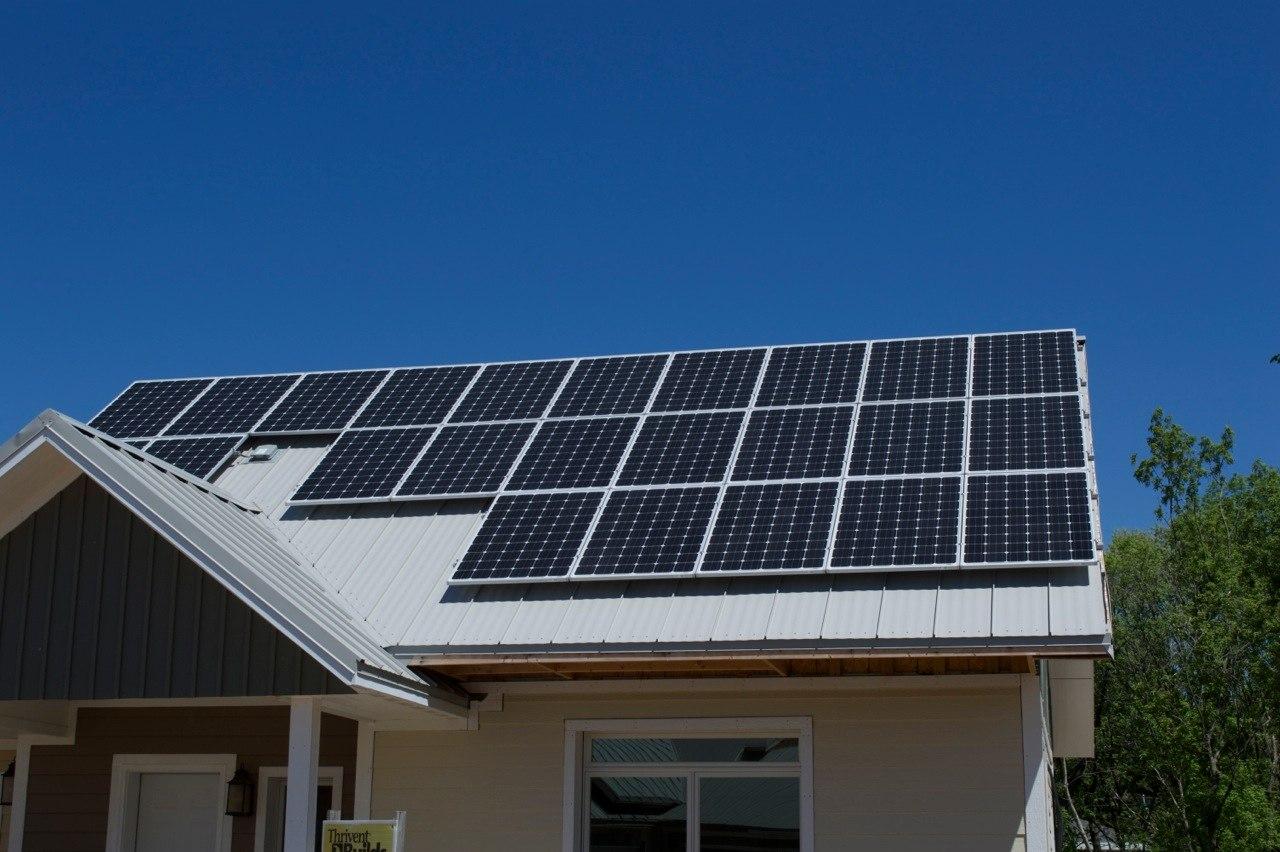
By Eliza Clark, Andersen Windows
Buildings account for about 40 percent of all carbon emissions in the United States – more than any other sector. It’s safe to say there’s no way we can effectively address climate change unless we can dramatically reduce the energy consumption of our commercial and residential buildings.
As a founding member of the U.S. Green Building Council, Andersen has been an active participant in the development and advancement of the sustainable building movement. Now more than just a “trend,” green building has become a major economic driver in the commercial real estate market, with forecasts stating that green construction will directly contribute 1.1 million jobs by 2018.
Unfortunately, green building has not expanded with the same speed and scale in the residential segment. While some eco-minded homeowners are opting for sustainable materials and practices today, high-performance green homes have remained a very small niche of the home building and remodeling market.
Even without significant consumer pressure, many building product manufacturers have pushed the limits of energy efficiency in their products. Today, it’s possible to achieve not just a “greener home,” but to build a home that is so energy efficient that a renewable energy system can offset all or most of its annual energy consumption.
Also known as “net zero” or a “Zero Energy Ready” home by the Department of Energy, these homes provide homeowners with not just environmental piece of mind, but valuable ongoing cost savings on their utility bill.
Clearing the hurdles
So why haven’t net zero homes caught on in the mainstream market? We believe the obstacles fall in three primary categories:
- Price. There’s a powerful fallacy that green homes are priced out of reach for most homeowners, and that net zero technologies would require a drastic lifestyle change. In reality, the costs associated with net zero building technologies have dropped noticeably, making it much more affordable than many believe. Most net zero homes look and function like millions of other average homes found around the world.
- Innovation. While the technology exists today, it’s difficult for homeowners to access and understand the concept of net zero without active education from their architects, builders, or building product suppliers.
- Public-private collaboration. Building codes and municipal infrastructure must allow for net zero innovation.
Proof of concept at Eco Village
One pioneering development built by St. Croix Valley Habitat for Humanity in River Falls, Wisconsin has cleared all three of those hurdles and proven the potential of affordable Net Zero. In a first-of-its-kind endeavor, Eco Village was designed to prove that zero energy neighborhoods can be affordable, beautiful, durable and comfortable.
Andersen was part of the diverse public-private sector team that collaborated on this project to prove that the right combination of efficient products and technologies doesn’t have to be cost-prohibitive or perform to a lesser standard. The outcome shows how, by investing in a thoughtful, collaborative approach to home and neighborhood design, net zero is achievable for homeowners in every price point. A whole-building approach pays off in the long term and ultimately benefits the whole surrounding community.
Many already know that Habitat for Humanity strives to make purchasing and owning a home more affordable for those on limited budgets who could benefit from homeownership the most. Because net zero homes have much lower operating costs, homeowners save money over the long-term that can be redirected to other expenses that improve their family’s health and quality of life.
Eco Village has also proven out the value of educating homeowners about how their everyday actions affect their energy consumption. With ongoing monitoring available through a smartphone app, neighbors can compare their home’s energy performance with others. Visiting the neighborhood, the home designs and landscaping don’t look that different from other new developments under construction around the country.
From Exception to rule
What we’ve proven in one community is not an exception, but should become the rule among home design and construction professionals. It’s what innovation should do: introduce and prove the possibility of a more sustainable future, over and over again, until it’s not extraordinary. It’s just homeownership as usual.
Eliza Clark is Director of Sustainability at Andersen Corporation
TriplePundit has published articles from over 1000 contributors. If you'd like to be a guest author, please get in touch!














